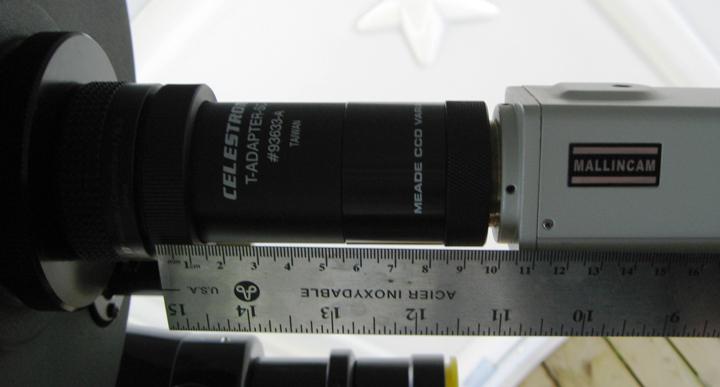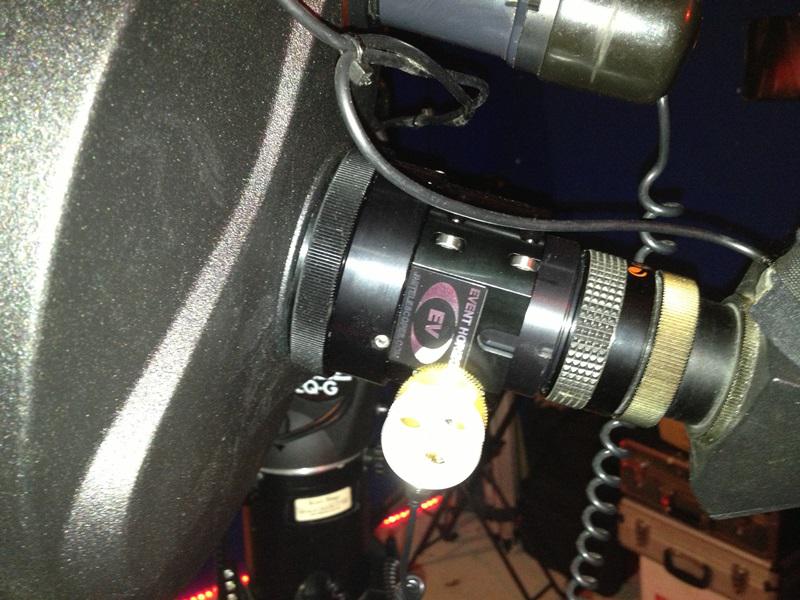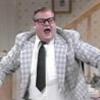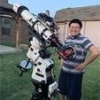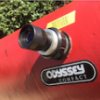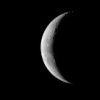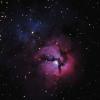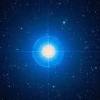Well I thought I'd try something tonight out rather than rely on my memory.
I shot the moon with my C11 and a Celestron f6.3 focal reducer. The camera is a Mallincam Xtreme. The connection is via a Celestron T-adapter plus a 30mm T spacer for a total of 80mm. That plus the T-C adapter and the spacing within the Mallincam puts the total spacing from the back of the reducer to the sensor at around 110mm.
I used this setup threaded directly onto the SCT adapter on the rear of the scope and then with an older JMI focuser in place (similar but not identical to the cool newer Event Horizon model). The difference in the position of the focal reducer between the plain scope and with the focuser is about 65mm.
I captured a few images of the moon with and without the focuser in place using SharpCap software and then measured the distance between a pair of craters. No processing, resizing, etc. so the images are as untouched as I can make them.
Without the focuser - 28.3cm between the crater walls
With the focuser - 30.3 cm
So there is indeed a difference in size of about 7% between the two setups ... why is that?
Well there is also 65mm difference in the back focus (the height of the external focuser with the drawtube racked just about all the way in). On a C11 that 65mm equates to just over 200mm of focal length (according to Ken Hutchinson's paper on Celestron SCT Vignetting Analysis, Version 1.5).
200mm of additional focal length on a 2800mm fl scope is wonder of wonders about 7%.
Without the focuser the scope's focal length is around 2800, with the external focuser the focal length is just over 3000mm. The focal reducer appears to be providing a consistent amount of reduction in both configurations.
So it would appear that Uncle Rod is correct, the two different positions do have different effective focal reductions and if that 7% difference that was caused by the change in focal length of the scope was what he had in mind I apologize. However, the focal reducer is indeed providing exactly the same reduction factor in both positions which is what I was trying to convey in my earlier comments in this thread. I will amend those comments to more correctly reflect the effect with the moving mirror SCT.
Here is the setup without the focuser in place ...







